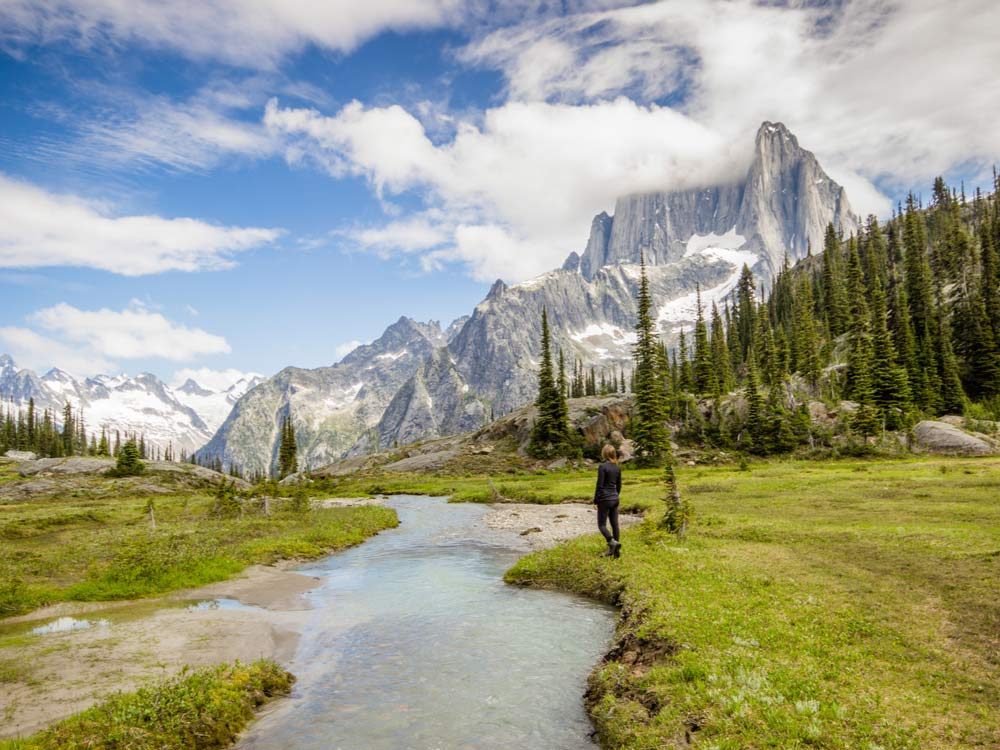
1. Go where Canadian park rangers go: beyond the lookouts
Walk at least a kilometre down a less popular trail. You’ll get away from the crowds and experience a completely different perspective.
Looking forward to escaping into nature? Check out the 10 Greatest Hikes in Canada.
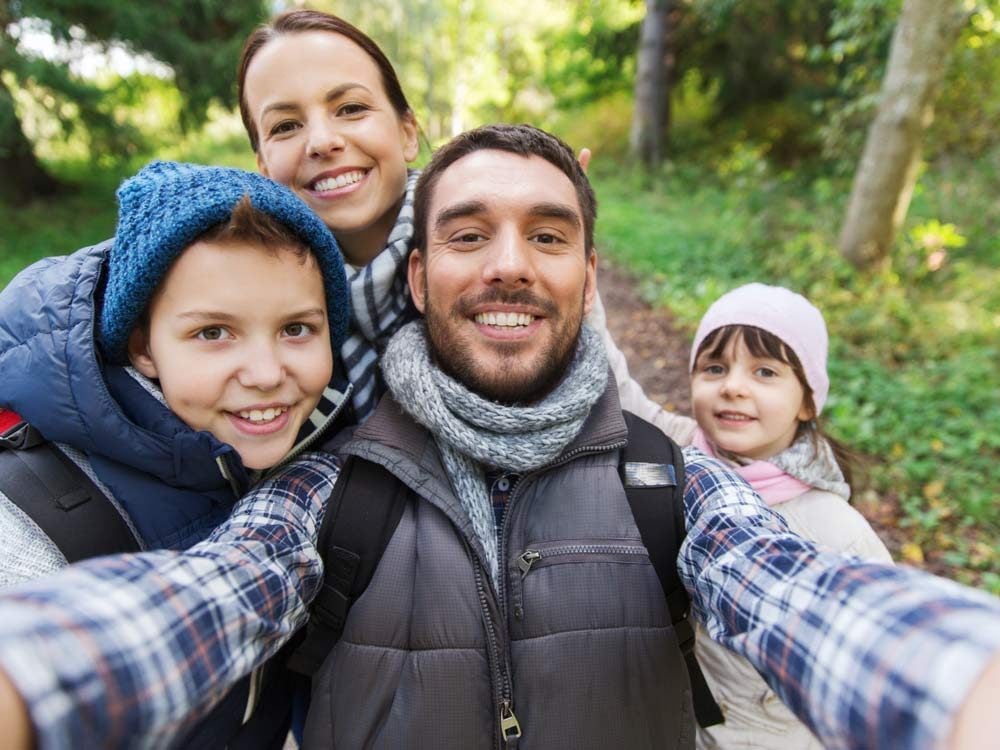
2. Be careful where you take your pictures
Canadian park rangers know that tragic accidents happen surprisingly often: people pose for a photo as if they’re falling off a cliff, then they actually do fall off.
These simple tips will help your smartphone photography look more professional.
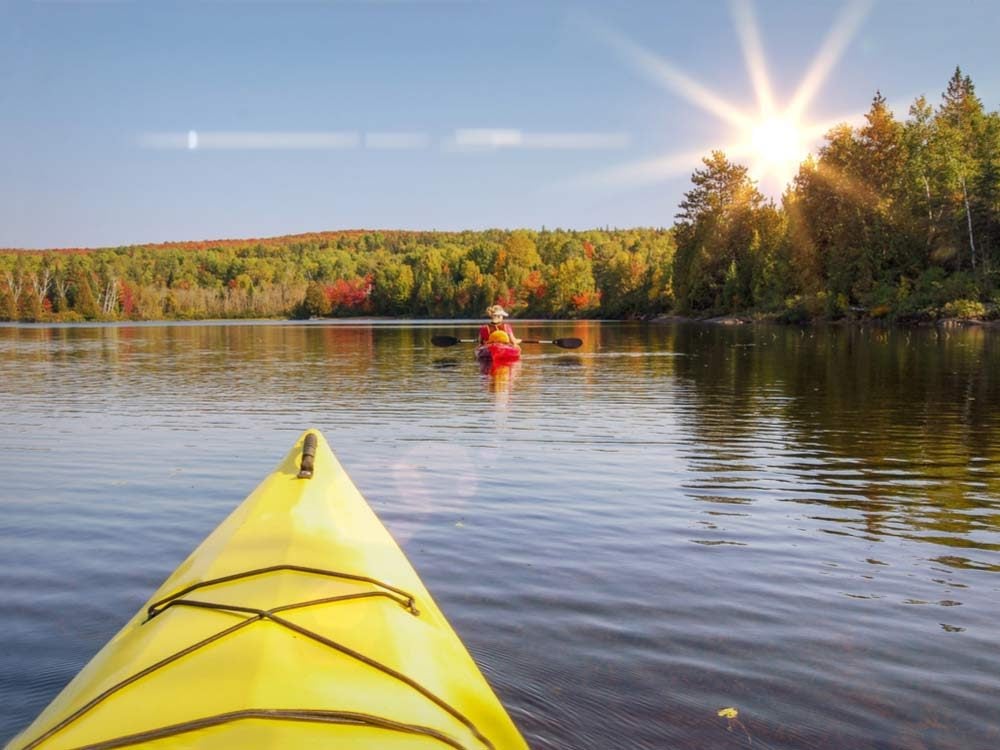
3. Keep in touch
Before you go hiking or canoeing, let someone know where you’re headed and when you plan to be back. Write down Parks Canada’s dispatch number, which is active 24 hours a day; if you find yourself lost, they know the area best.
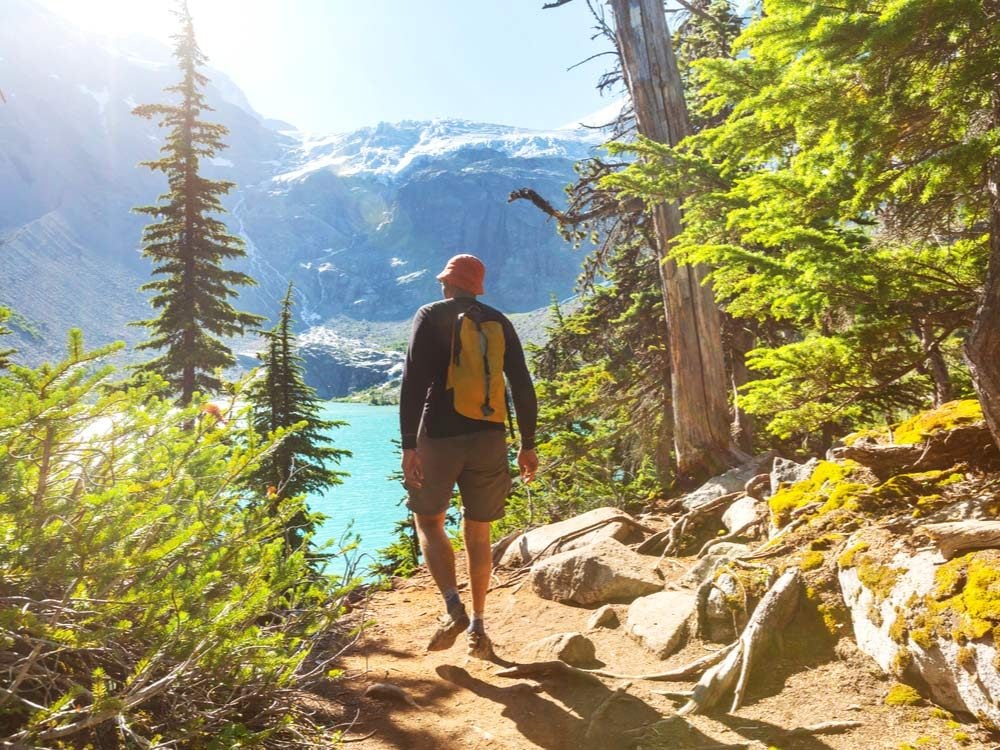
4. Come prepared
Canadian park rangers recommend you bring along extra layers, water, snack bars and a flashlight. Stay put if you get lost. The more you move around, the harder you are to find. If you can’t reach help on your phone, spread out brightly coloured clothing.
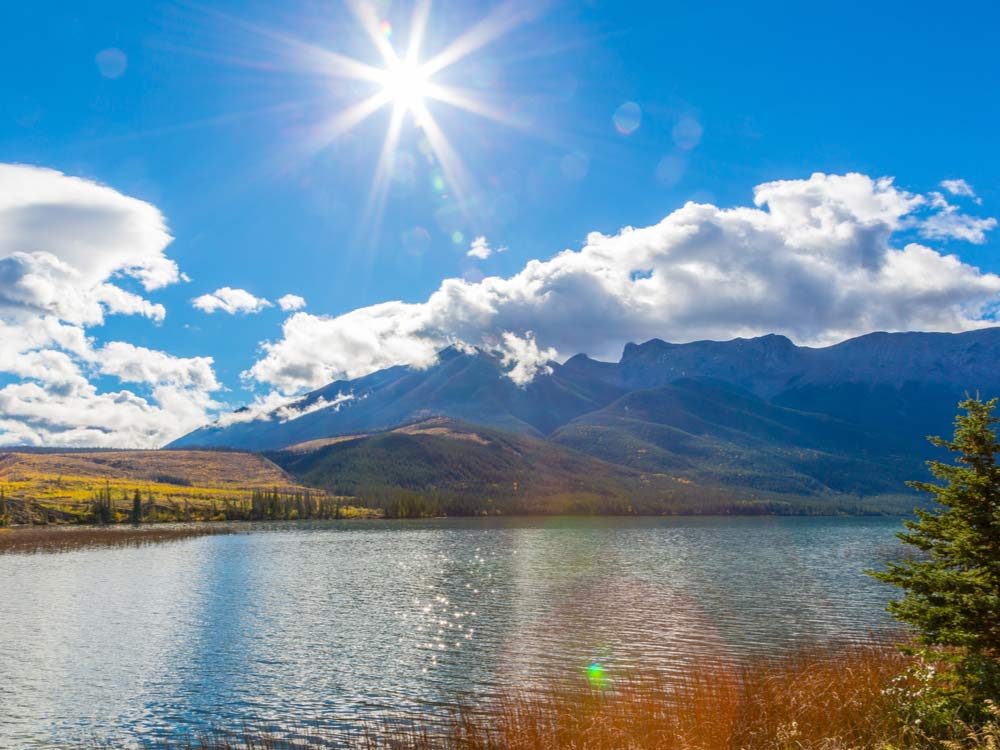
5. Take advantage of a great deal
Visit national parks and historic sites for free this year to celebrate Canada 150! Get your pass through Parks Canada’s website, pick one up at a participating partner (such as select travel and tourism offices), or head to a park and get yours there.
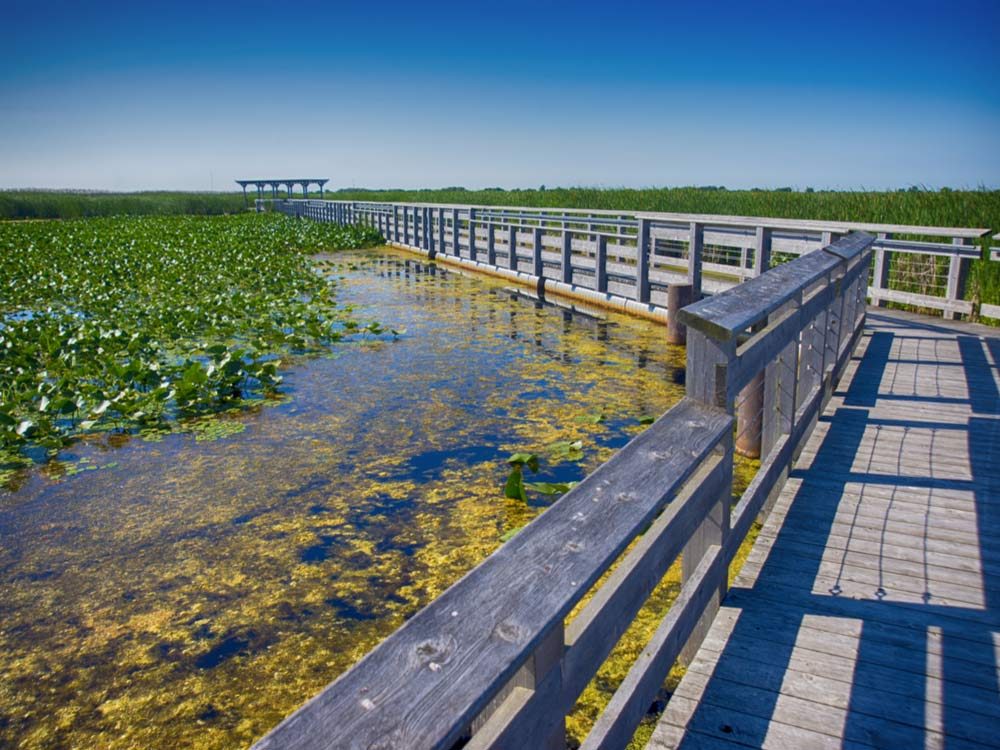
6. You’re closer to a national park than you think
If you’re in Montreal or Quebec City, check out La Mauricie; Southern Ontario, visit Point Pelee; Vancouver, visit Pacific Rim. Rouge National Urban Park extends from Markham down to Lake Ontario. “It’s within a two-hour drive of 20 per cent of Canada’s population,” says Natalie Fay, chief of media relations with Parks Canada.
Need more suggestions? Take a peek at the 50 Most Gorgeous Parks Across Canada.
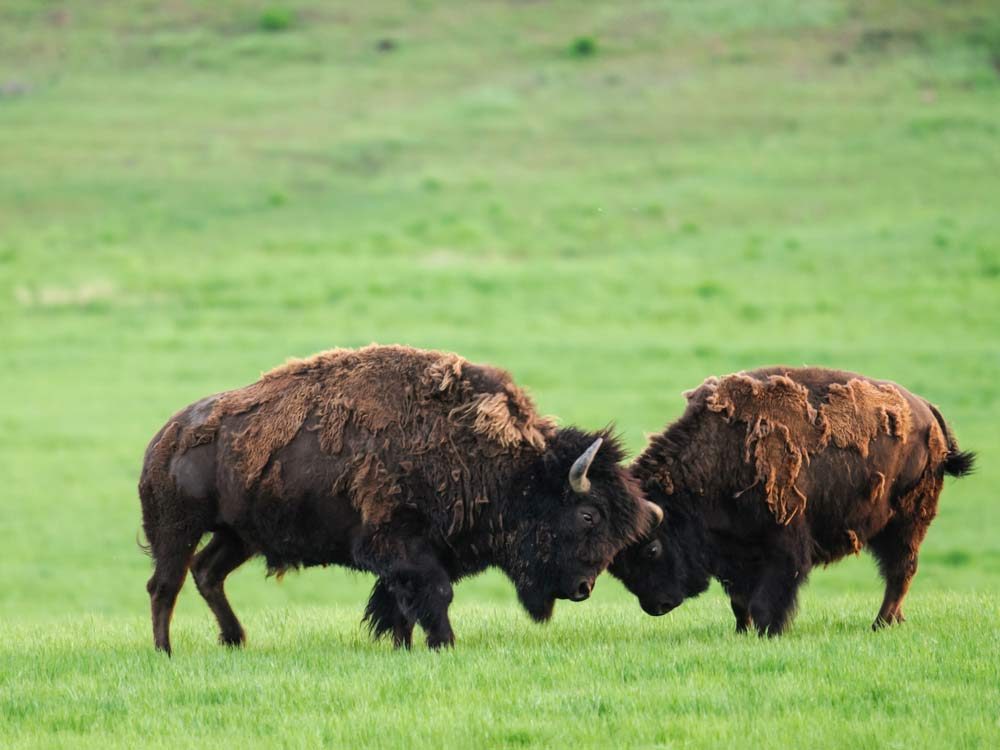
7. Journey off the beaten path
Popular spots like Banff, Jasper and the Bruce Peninsula can get busy. Plan a trip to a space like Grasslands National Park in Saskatchewan, or check out a fly-in park like Ivvavik, located in the Yukon.

8. Keep your hands (and your food) to yourself
When animals become “human conditioned,” we endanger their survival and the safety of other park visitors, so avoid feeding wildlife and dispose of all garbage, including organic waste such as apple cores and banana peels, properly. “It’s not just about going up and handing the bear a handful of chips,” says Patrick Murry, a municipal Ranger in North Vancouver. “It’s about what you leave behind, too.”
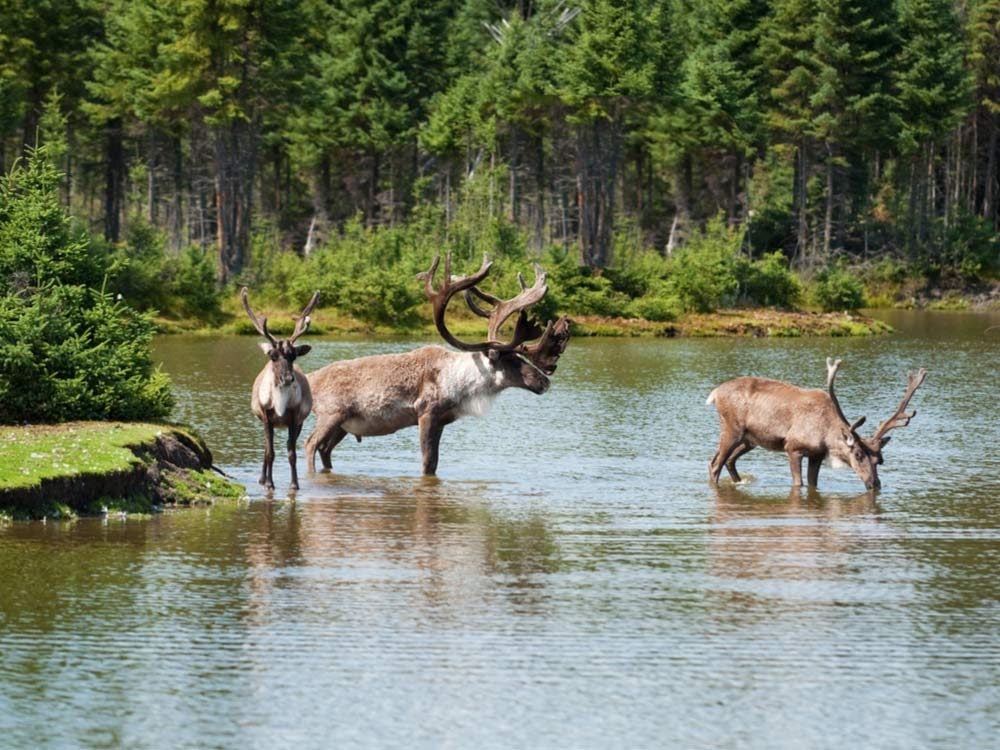
9. Always report back
If you do have a run-in with wildlife—you see a bear with her cubs or come across a group of visitors trying to take a selfie with a caribou—Canadian park ranger recommend you inform a park employee. They may choose to close a trail or track down the selfie takers for a little wildlife safety 101.
Beware of more than just animals—read up on these 5 Sun Safety Tips before heading outdoors.

10. Don’t take any natural souvenirs home
Leave all natural objects, such as edible mushrooms, elk antlers or fossils from the Burgess shale in British Columbia, where they lie. It’s illegal to collect them from a national park.
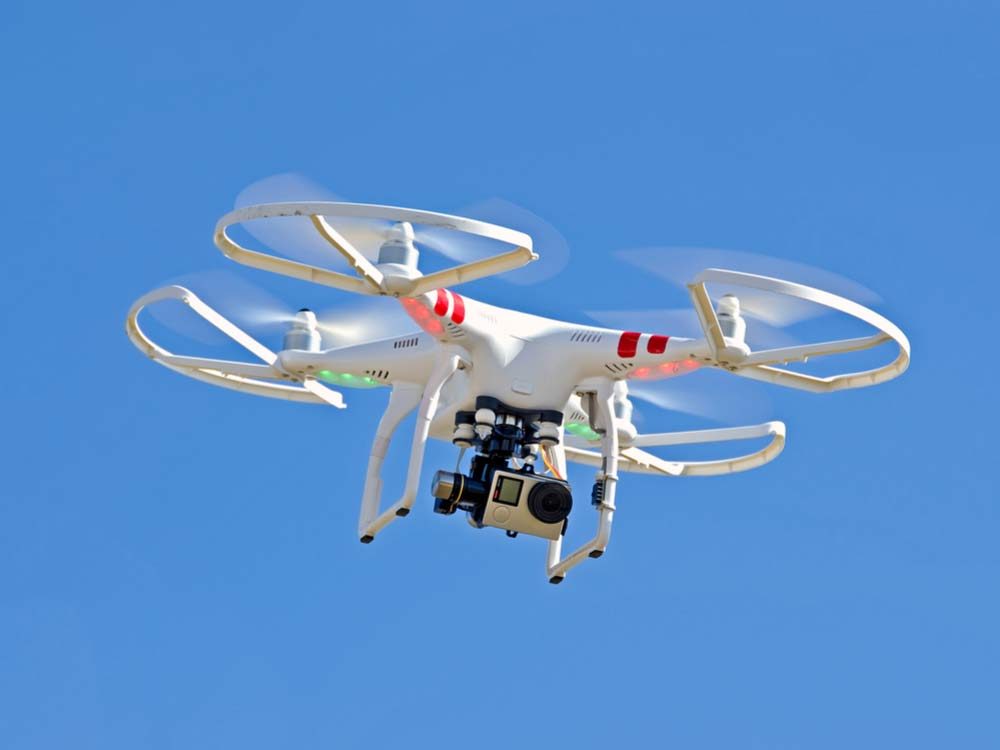
11. Not all devices are welcome
Keep your drone at home. National parks prohibit visitors from flying UAVs and other toy aircraft.
Read up on 9 Secrets to Taking Great Travel Photographs!
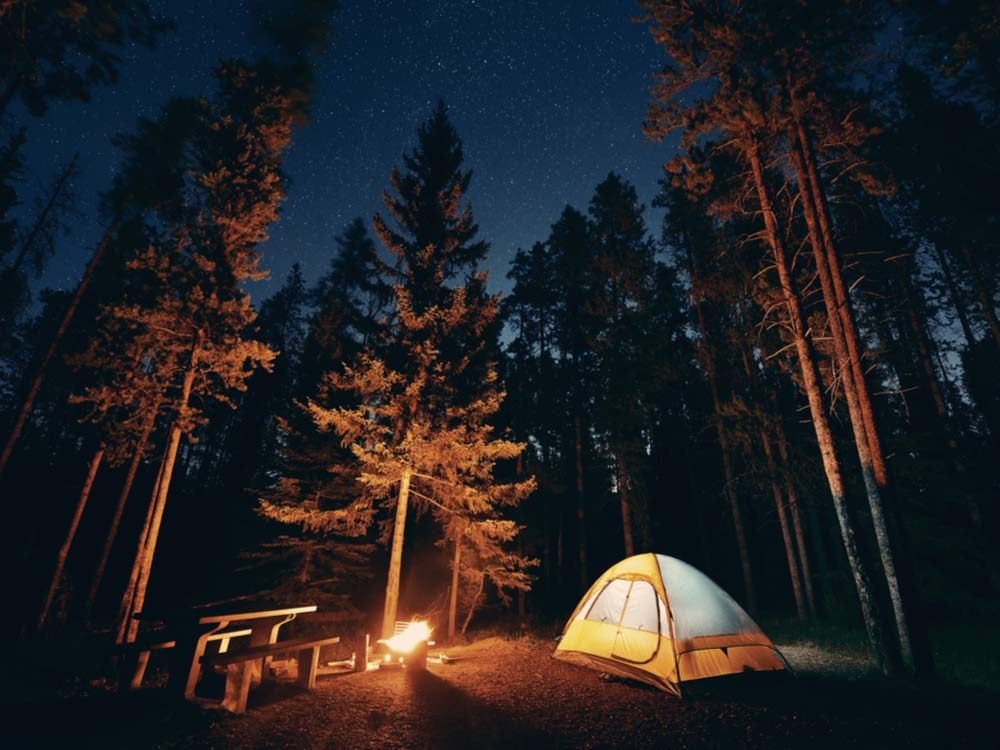
12. First-timers have it easier this year
New to camping? Parks Canada, in partnership with Mountain Equipment Co-op, is offering learn-to-camp workshops across the country in the summer months. They provide the tents, sleeping bags, food and campfire—you bring along enthusiasm and an overnight bag.
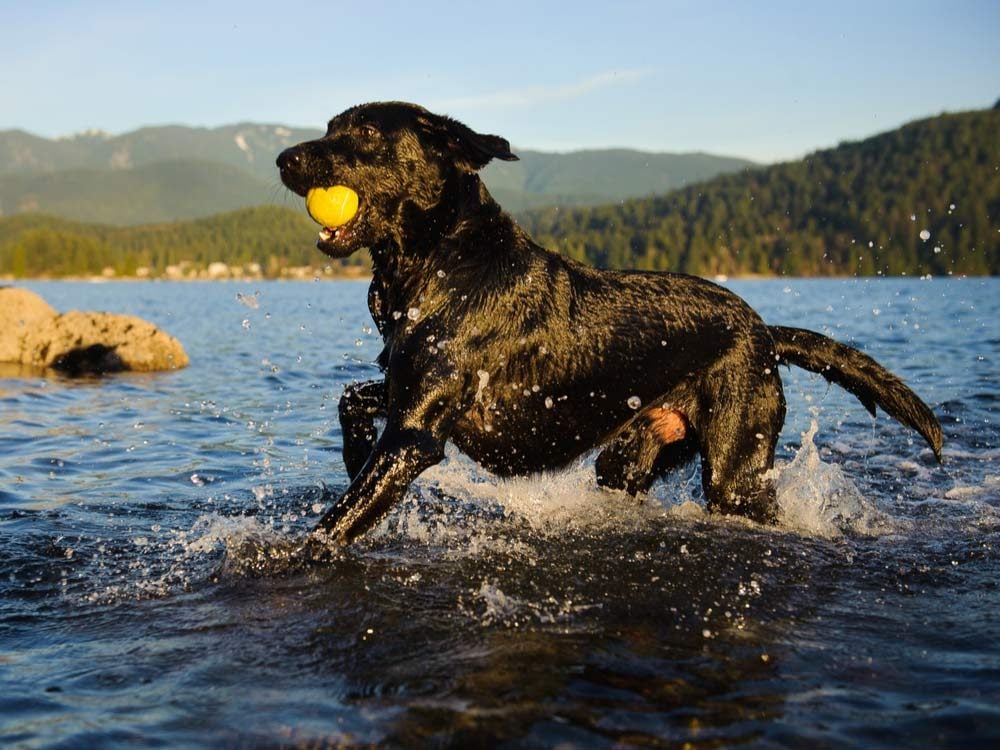
13. Keep an eye on your dog
While Fido may prefer to be free-range, Canadian park rangers recommend you keep him leashed. Best-case scenario, he disturbs some squirrels; worst-case scenario, he runs off, finds a bear and brings it charging back toward you! Check with the park you intend to visit in advance, as some municipal parks offer off-leash areas.
Make sure your pup is ready for the season with these 10 Summer Safety Tips for Dogs.